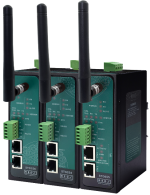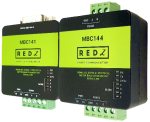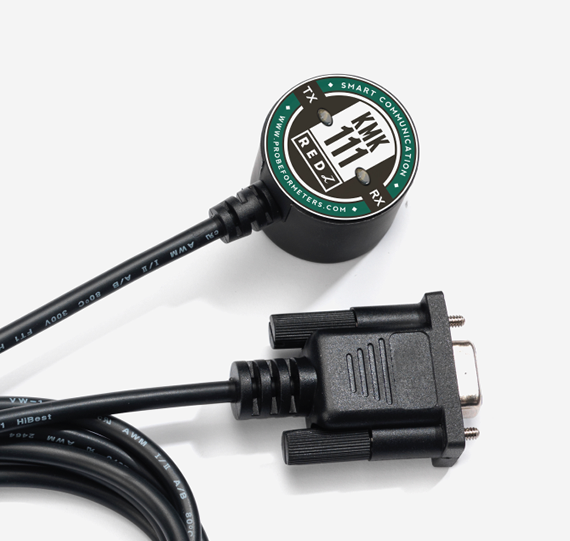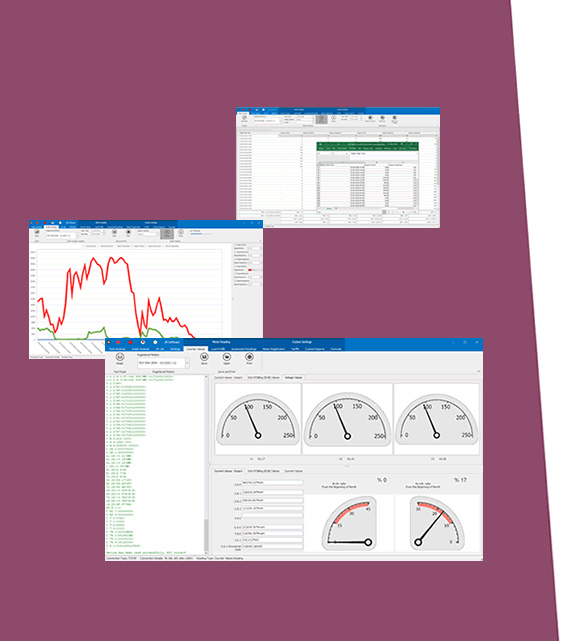1. Introduction
LoRaWAN (Long Range Wide Area Network) is a leading technology for IoT (Internet of Things) networks, enabling devices to communicate over long distances with low power consumption. Its robust network protocol and adaptability across regions make it a preferred choice for diverse applications like smart cities, agriculture, and industrial IoT. However, LoRaWAN operates within unlicensed ISM (Industrial, Scientific, and Medical) frequency bands, which vary by region due to differing regulatory standards. Understanding these frequency allocations is critical for deploying LoRaWAN solutions effectively.
2.What is LoRaWAN?
LoRaWAN is a communication protocol based on the LoRa (Long Range) modulation technology. It utilizes a star-of-stars topology, where end devices communicate with gateways using LoRa, and gateways connect to network servers via standard IP connections. The key features of LoRaWAN include:
• Long communication range (up to 15 km in rural areas).
• Low power consumption, enabling battery-operated devices to last years.
• Support for millions of devices in a single network.
3. LoRaWAN Frequency Bands by Region
LoRaWAN operates in different sub-GHz frequency bands across the world, adhering to region-specific regulations. Below are the key frequency bands and parameters for major regions:
1. Europe (ETSI Compliant - EU868)
• Frequency Band: 863-870 MHz
• Primary Channels:
o 868.1 MHz
o 868.3 MHz
o 868.5 MHz
• Duty Cycle: 1% (per channel)
• Output Power Limit: 14 dBm
This band is widely used in Europe and some parts of the Middle East and Africa. Its strict duty cycle limitation ensures minimal interference but requires careful network planning.
2. North America (FCC Compliant - US915)
• Frequency Band: 902-928 MHz
• Primary Channels: 64 channels in uplink (125 kHz) and 8 channels in downlink (500 kHz).
• Frequency Hopping: Mandatory for interference mitigation.
• Output Power Limit: Up to 30 dBm (varies by deployment type).
The US915 band supports frequency hopping spread spectrum (FHSS), making it robust against interference, especially in dense deployments.
3. Asia-Pacific
• India (IN865):
o Frequency Band: 865-867 MHz
o Duty Cycle: 1%
o Output Power Limit: 14 dBm
• China (CN470):
o Frequency Band: 470-510 MHz
o 125 kHz uplink channels.
o Output Power Limit: 19 dBm.
• Australia/New Zealand (AU915):
o Frequency Band: 915-928 MHz
o Similar to US915 but with region-specific tweaks.
Asia-Pacific has a mix of sub-GHz frequencies, each tailored to meet local regulatory requirements.
4. South America (AU915/US915)
Countries like Brazil and Argentina primarily adopt the US915 or AU915 frequency plans. Deployment standards often align closely with North American configurations.
5. Japan (AS923-1/AS923-2)
• Frequency Band: 920-925 MHz
• Special Considerations:
o AS923 is a flexible frequency plan also adopted in other regions like parts of Southeast Asia.
o Output Power Limit: 13-16 dBm.
Japan’s frequency bands are tightly regulated, necessitating conformity to ARIB (Association of Radio Industries and Businesses) standards.
4. Challenges with Regional Frequency Allocations
1. Compliance: Adhering to local regulations is mandatory; non-compliance can lead to fines or network shutdowns.
2. Device Compatibility: Devices designed for one frequency band may not work in another, requiring hardware or firmware modifications.
REDZ Brand TLM LoraWAN EndNode Modems have various options as:
o EU 868 MHz Europe
o IN 865 MHz India
o US 915 MHz covers US902-928 MHz ISM Band
o AS 923 MHz covers BN 923 MHz Brunei & KH 923 MHz Cambodia & ID 923 MHz Indonesia & JP 920 MHz Japan & LA 923 MHz Laos & NZ 915MHz New Zealand & SG 920 MHz Singapore & TW 922 MHz Taiwan & TH 920 MHz Thailand & VN 920 MHz Vietnam
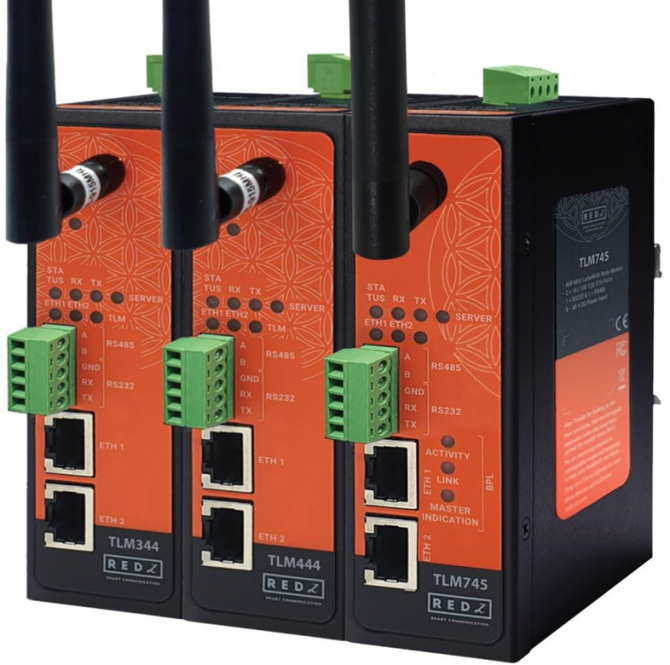
3. Roaming and Interoperability: Deploying global IoT solutions requires multi-band devices or region-specific configurations.
5. Emerging Trends in LoRaWAN Frequency Usage
1. Dynamic Frequency Adaptation: Advanced gateways are integrating dynamic frequency adjustment to support multiple bands.
2. Global Collaboration: Standardization efforts are underway to unify frequency allocations for better interoperability.
3. Dual-Band Devices: Manufacturers are creating devices capable of operating in multiple bands, reducing deployment complexities.
6. Conclusion
LoRaWAN’s ability to adapt to diverse regional frequency bands is a testament to its flexibility and global appeal. However, understanding the specific requirements and restrictions of each region is crucial for successful deployments. Whether you’re planning a smart agriculture solution in Europe or a city-wide sensor network in North America, tailoring your implementation to the local frequency regulations will ensure optimal performance and compliance.
By leveraging LoRaWAN’s strengths and aligning with regional frequency standards, businesses can unlock the full potential of IoT connectivity.



